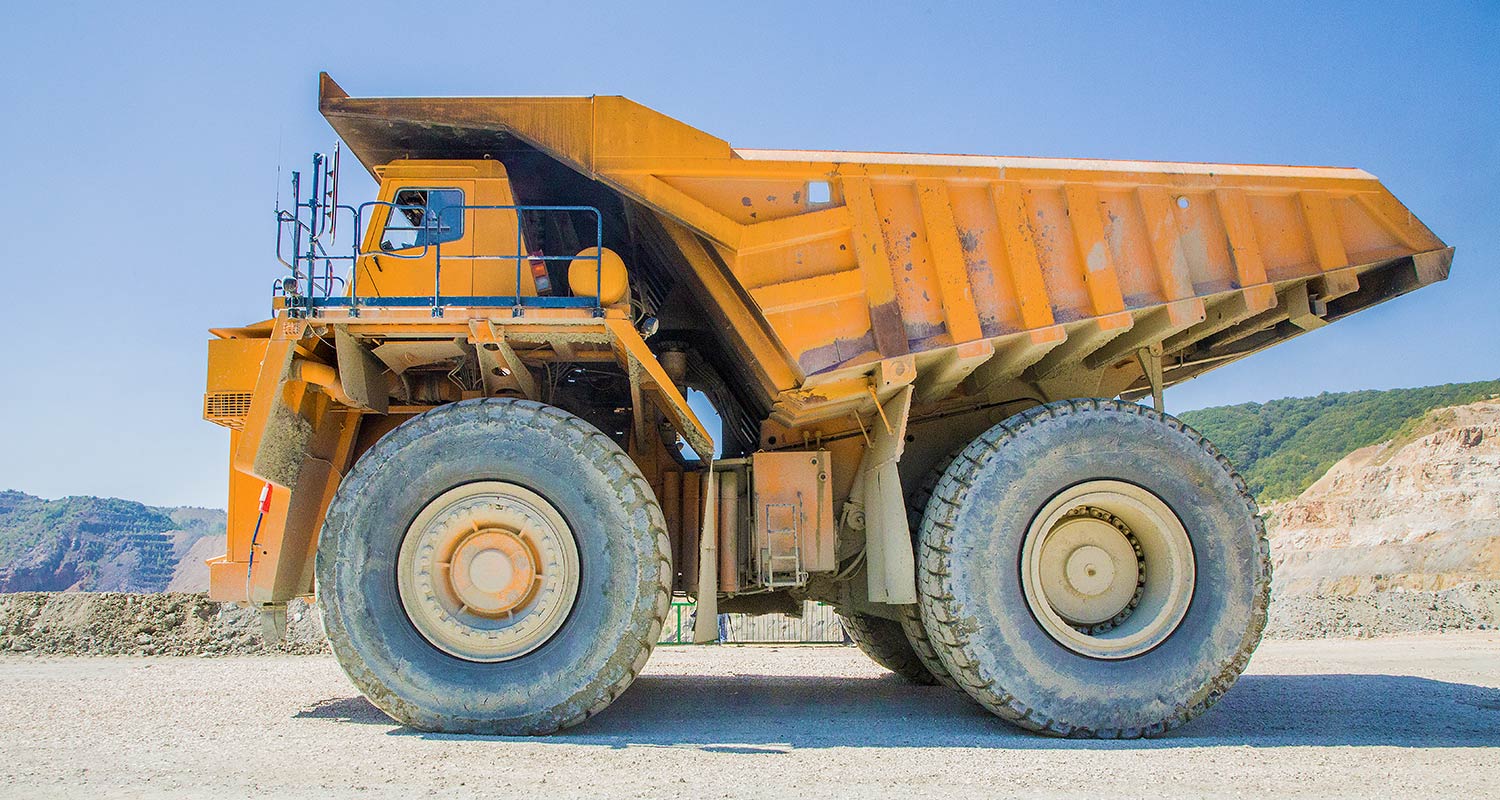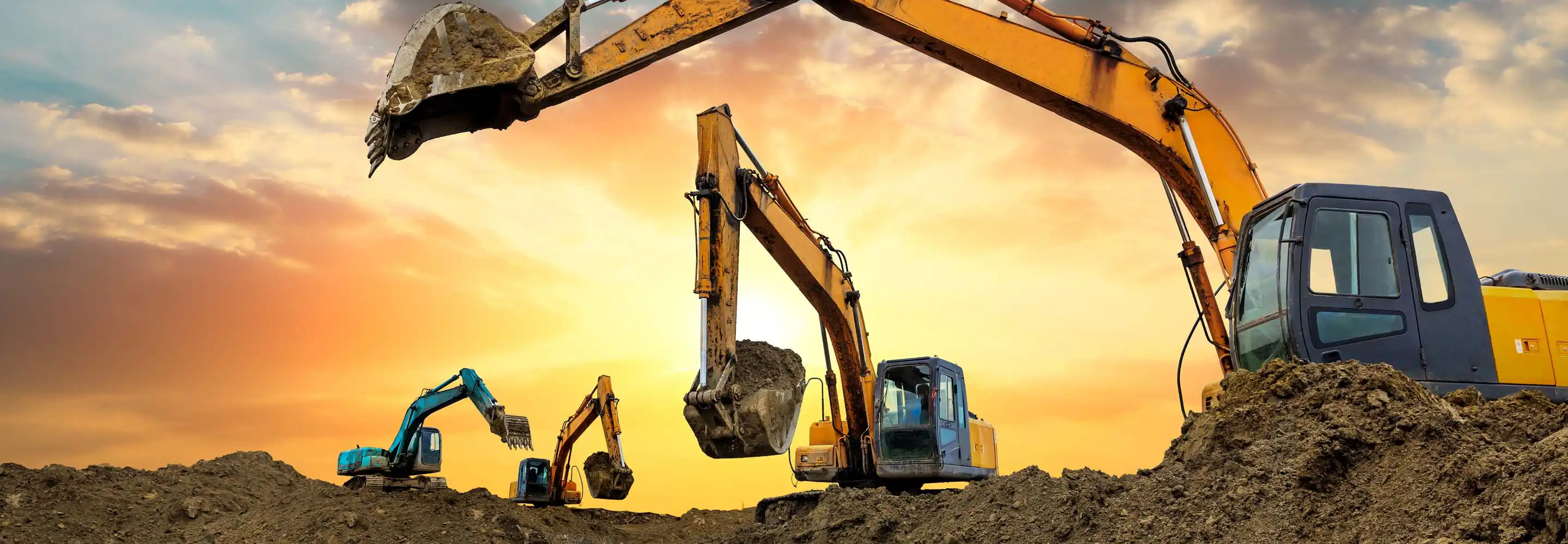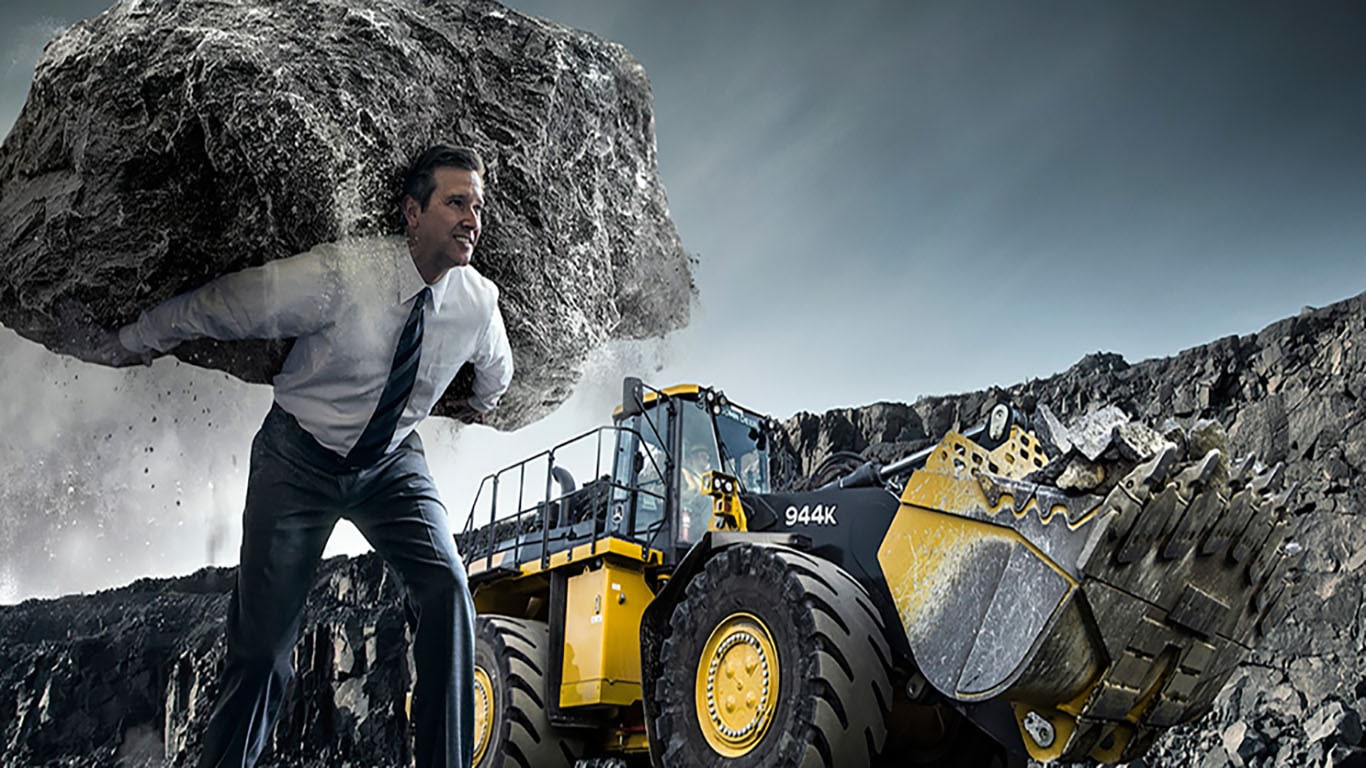Discover the very best Rental Company Near Me for Equipment
Discover the very best Rental Company Near Me for Equipment
Blog Article
Leasing Vs. Purchasing Building Tools: Making the Right Choice for Your Job
When beginning on a building project, one of the vital choices that predict managers and stakeholders deal with is whether to acquire or lease construction devices. The decision hinges on different variables such as cost factors to consider, project period, devices upkeep, risk, adaptability, and scalability administration.
Price Factors To Consider
When assessing the economic facet of acquiring versus renting out construction equipment, the long-term expenditures and ahead of time costs should be meticulously thought about. Leasing equipment frequently needs lower first payments contrasted to purchasing, making it an eye-catching alternative for temporary jobs or contractors with spending plan restraints. Leasing gets rid of the requirement for big funding investments and minimizes the financial danger connected with equipment possession, such as upkeep and depreciation expenses. However, over time, constantly leasing devices can collect greater prices than acquiring, specifically for prolonged tasks.
On the other hand, getting construction tools includes higher in advance prices but can result in long-term financial savings, particularly for lasting projects or constant users. Ultimately, the choice in between getting and renting building and construction tools pivots on the project's period, regularity of use, budget factors to consider, and long-lasting financial goals.
Project Duration

Conversely, for long-lasting tasks or recurring building work, acquiring devices could be the a lot more economical alternative. Purchasing tools can result in set you back financial savings in the lengthy run, specifically if the equipment will certainly be regularly used. Moreover, owning devices gives a feeling of control over its schedule and permits customization to fit particular task needs.

Devices Maintenance
Offered the essential duty job period plays in figuring out the most cost-efficient strategy in between getting and leasing building devices, the focus now shifts towards checking out the important aspect of tools upkeep. On the various other hand, having equipment calls for a positive method to upkeep to protect against break downs, make sure security, and extend the tools's lifespan. Inevitably, a well-kept construction tools fleet, whether rented out or had, is necessary for the effective and effective conclusion of construction jobs.
Flexibility and Scalability
In the world of building and construction tools management, the element of flexibility and scalability holds significant relevance for project performance and source use. Choosing to lease construction tools gives a high degree of versatility as it enables for the fast change of equipment kinds and amounts based on the progressing needs of a task.
Additionally, scalability, an additional crucial element, is inherently connected to versatility. Renting out construction tools provides the benefit of easily scaling procedures up or why not try here down as project demands rise and fall. Professionals can rapidly exchange or include equipment to match the project's changing demands without the restraints of having assets that may come to be underutilized or outdated. This ability to scale sources successfully can lead to cost financial savings and enhanced task timelines, making leasing a positive option for projects requiring adaptability and receptive resource allocation.
Threat Administration
Reliable risk management in building and construction tools procedures is critical to making sure job success and mitigating potential economic losses. Construction tasks inherently involve numerous threats, such as tools breakdowns, crashes, and job delays, which can substantially affect the project timeline and budget plan. By very carefully thinking about the dangers connected with owning or leasing construction tools, task supervisors can make educated decisions to decrease these possible dangers.
Leasing construction equipment can use a level of threat reduction by transferring used backhoe loader the responsibility of maintenance and repair services to the rental business. This can reduce the monetary burden on the task owner in situation of unexpected tools failures (mini excavator rental). Additionally, leasing provides the flexibility to accessibility specialized equipment for certain job stages, minimizing the threat of owning underutilized equipment
On the other hand, having building and construction equipment gives a feeling of control over its use and upkeep. However, this also means birthing the complete duty for repairs, upkeep prices, and devaluation, enhancing the economic risks connected with equipment possession. Mindful threat analysis and consideration of variables such as task period, devices use, and upkeep needs are important in establishing one of the most ideal choice for effective risk management in building and construction tasks.
Conclusion
To conclude, when determining in between getting and leasing building and construction tools, it is very important to take into consideration expense, task duration, equipment maintenance, scalability, danger, and flexibility More Help management. Each variable plays an important duty in identifying one of the most suitable choice for the job handy. By carefully evaluating these elements, job managers can make an enlightened decision that aligns with their budget plan, timeline, and general task objectives.

Report this page